The Complete Guide: Hiking at Arua for Photographers
Where the Lens Meets the Trail
In the far northwestern corner of Uganda lies a land of unspoken beauty, a place where landscapes merge with culture, and where light bends in ways that excite every creative eye. This is Arua, a city that is not merely a gateway to the West Nile region but a profound canvas for those who carry cameras in search of extraordinary stories. To a photographer, Arua is more than a destination; it is a stage upon which nature, culture, and adventure converge in harmony. And at the heart of that convergence lies an activity that defines both exploration and artistic discovery—hiking.
Every hiking trail in Arua unfolds as a living gallery of photographic subjects. The region offers more than physical exercise; it provides visual treasures—towering hills, undisturbed valleys, winding rivers, and communities that embody Uganda’s cultural depth. For photographers, each path leads not only to scenic viewpoints but also to opportunities for capturing stills that tell enduring tales. The fusion of movement, exploration, and photography elevates the journey beyond the ordinary, transforming it into a creative pilgrimage.
This complete guide explores why hiking in Arua is a transformative experience for photographers. From understanding its landscapes and trails to knowing the best times to visit, from grasping cultural encounters to refining the artistry of visual storytelling, this article positions Arua as a photographer’s dream destination.
Arua: A Northern Jewel in Uganda’s Wilderness
Arua, located near Uganda’s borders with the Democratic Republic of Congo and South Sudan, has always stood as a cultural and geographical bridge. It is a place defined by diversity, with communities that carry traditions passed down for generations. Its geography reflects contrasts—rolling savannas blend into hills, forests line hidden valleys, and rivers weave intricate networks through the countryside.
For photographers, this diversity translates into unlimited subjects and moods. A sunrise over the rugged hills of Vurra carries a different emotional tone than the sunset across the savanna plains. A portrait taken in a local market differs profoundly from a landscape shot atop Ajai Wildlife Reserve’s escarpments. Hiking allows photographers to step into this diverse world at a deliberate pace, absorbing textures and details that are often missed when traveling hurriedly.
Hiking as a Photographer’s Gateway
The art of photography is inseparable from perspective, and hiking in Arua provides the vantage points and stillness necessary for authentic capture. Unlike urban photography, which thrives on movement and immediacy, hiking photography leans on patience, composition, and anticipation. Trails in Arua demand attention—not only to physical steps but to the way shadows fall, how clouds interact with landscapes, and how light shifts across the hour.
Every ascent rewards with vistas that would otherwise remain unseen, and every descent reveals hidden valleys where local life thrives. These movements are more than physical; they are invitations for photographers to look closely, to frame stories that go beyond mere scenery, and to document the intersection of humanity and wilderness.
Trails and Landscapes of Arua
The hiking experience in Arua is defined by an interplay of terrain and atmosphere. Some trails move through wide savannas where long grass sways under wind, perfect for wide-angle landscape shots. Others climb into hills like those in the Vurra highlands, where altitude creates panoramic viewpoints stretching into neighboring countries.
Photographers hiking through these areas often find the contrast of textures captivating. Rocky outcrops juxtapose with soft grasslands, while scattered acacia trees stand against expansive skies. Rivers like the Enyau provide natural leading lines for compositions, guiding the eye through frames that balance land, water, and sky.
What distinguishes Arua from other destinations is the intimacy of its wilderness. Trails are not overcrowded, meaning that photographers can capture undisturbed scenes where wildlife, vegetation, and human activity coexist naturally.
The Photographer’s Light in Arua
Light is the essence of photography, and in Arua, it plays a central role in the hiking experience. The region lies near the equator, which creates dramatic shifts in light quality throughout the day. The early morning sun paints landscapes in soft gold, while late afternoons offer warmer hues that intensify colors and create long shadows.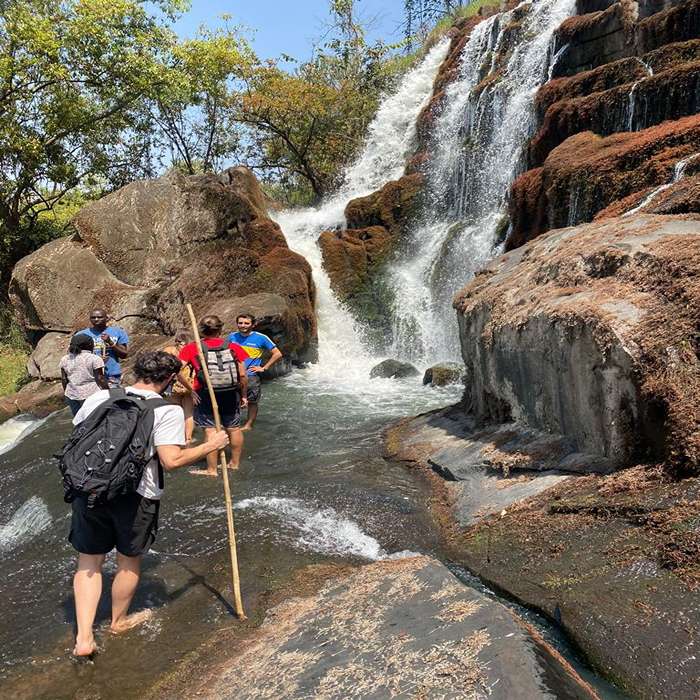
For landscape photographers, mornings and evenings present opportunities for dramatic shots where silhouettes of hikers stand against fiery skies. Midday, though often avoided for harsh light, presents its own artistic potential when shadows carve striking contrasts across rugged terrain. For portrait photographers, the diffused light under tree canopies provides natural softboxes that highlight expressions with gentle precision.
Wildlife and Nature Encounters Through the Lens
Hiking in Arua does not only involve landscapes; it also brings photographers close to wildlife and ecosystems that enrich visual narratives. Ajai Wildlife Reserve, located near Arua, is a haven for species such as antelopes, warthogs, and diverse birdlife. The trails around the reserve allow photographers to capture animals in their natural environment without the interruptions of large tourist crowds.
Bird photographers, in particular, find Arua rewarding. With species ranging from the African fish eagle to colorful bee-eaters, hikes around rivers and wetlands provide abundant opportunities for avian photography. Macro photographers, too, discover fascinating details in butterflies, flowers, and insects that populate forest trails.
Each encounter underscores the harmony of Arua’s wilderness—a reminder that hiking is not only a physical act but a sensory immersion that enriches every photographic frame.
Cultural Encounters Along the Trails
Photography in Arua is incomplete without acknowledging its cultural depth. Hiking often passes through villages where local communities live in harmony with their environment. For photographers, these interactions present authentic moments worth capturing, from children playing along footpaths to elders weaving traditional baskets under shade.
Markets along trails offer vibrant colors and textures—brightly patterned fabrics, fresh produce, and handmade crafts. The act of photographing these scenes requires sensitivity, respect, and engagement, as it transforms snapshots into genuine stories of identity and heritage.
Cultural photography on hikes does not only preserve images but also promotes understanding, allowing photographers to become visual ambassadors of Arua’s living traditions.
Practical Insights: Hiking and Photography in Arua
Hiking with the intent to photograph demands preparation. Arua’s climate oscillates between wet and dry seasons, influencing both trail conditions and lighting opportunities. During the dry months from December to February and June to September, trails remain firm, skies stay clear, and light is predictable—ideal for both hiking comfort and photographic clarity. In contrast, the wet seasons between March to May and October to November transform landscapes into lush green backdrops, though trails become muddy and more challenging. These months present dramatic skies, mist, and reflections, which can inspire photographers who embrace atmospheric moods.
The essence of preparation lies in balance: carrying lightweight gear that does not burden the hike, yet ensuring that essential tools—such as a reliable camera, lenses for landscapes and portraits, and protective coverings for sudden rain—are available. Hikers often find that photography in Arua benefits from slower pacing, as stopping frequently allows for compositions that reveal themselves only with patience.
Photographic Storytelling on Arua Trails
Hiking in Arua is not only about single images; it is about storytelling through sequences of photographs. Each trail can be documented as a narrative: the beginning with anticipation and fresh footsteps, the middle with challenges and discoveries, and the conclusion with reflections and horizons achieved.
Photographers often find themselves telling layered stories that merge human presence with natural grandeur. A wide-angle shot of a family hiking against the hills might be followed by a close-up of a hand brushing against tall grass, and then by a portrait of a villager encountered on the trail. Together, these images form a collection that transcends simple scenery and conveys emotion, place, and humanity.
Ethical and Respectful Photography
As photographers hike through Arua, an ethical approach becomes essential. Wildlife should be observed without intrusion, communities photographed with consent, and landscapes captured without leaving traces of disturbance. This respectful practice ensures that photography enriches rather than exploits.
In doing so, photographers not only preserve the integrity of their subjects but also elevate their art. The images captured under such mindfulness become more than visual records—they become testaments to harmony, empathy, and responsibility.
The Transformative Experience
What sets Arua apart for photographers is not only its scenic beauty but the transformation it ignites. Hiking with a camera through its landscapes inspires patience, adaptability, and deeper seeing. The act of walking becomes intertwined with the act of framing, so that every step sharpens perception.
Photographers leave Arua not merely with filled memory cards but with sharpened vision and renewed connection to the world. Hiking here redefines the relationship between creator and environment, reinforcing the idea that photography is not about taking images but about receiving them with humility and wonder.
Arua Awaits Behind the Lens
Hiking in Arua for photographers is a complete experience that merges art, culture, and adventure. It offers landscapes that stretch the imagination, wildlife that animates frames, communities that enrich narratives, and light that transforms the ordinary into the extraordinary. For photographers, it is a destination where every trail is a lesson, every step a perspective, and every image a chapter of a story worth telling.
To truly immerse in this unique blend of hiking and photography, it is recommended to plan your journey with a trusted partner who understands both the terrain and the artistic eye. For seamless, memorable, and carefully curated adventures, travelers are encouraged to book their Africa tours and safaris through WildHorn Africa, ensuring that the journey through Arua becomes not only a photographic pursuit but also a deeply personal experience of discovery.

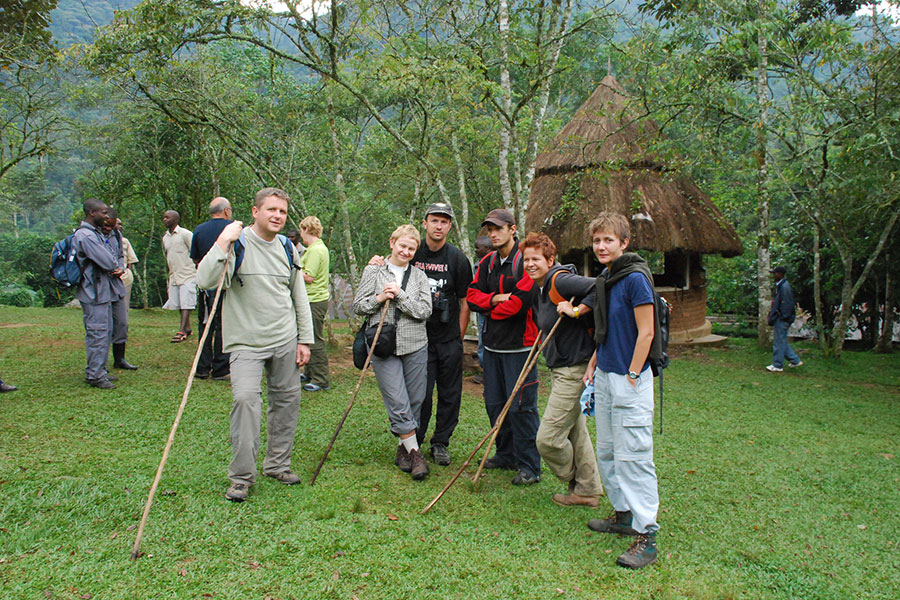
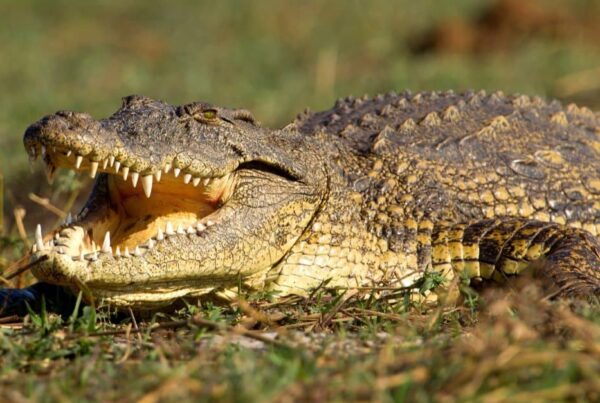
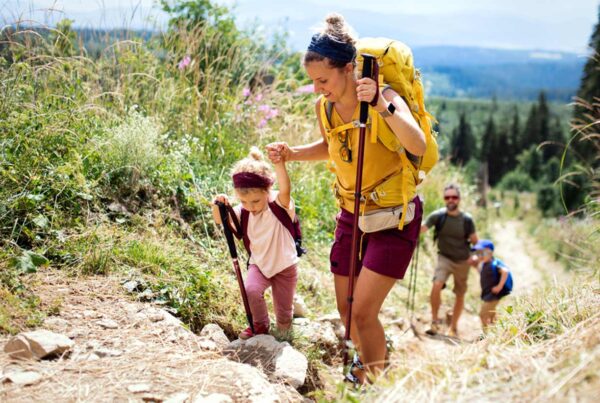
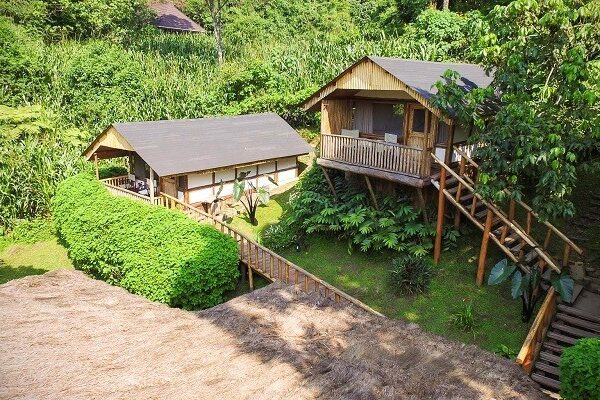
 WildHorn Africa – Authentic and unforgettable tours across Africa, guided by local experts who know the land, wildlife, and culture best.
WildHorn Africa – Authentic and unforgettable tours across Africa, guided by local experts who know the land, wildlife, and culture best.


